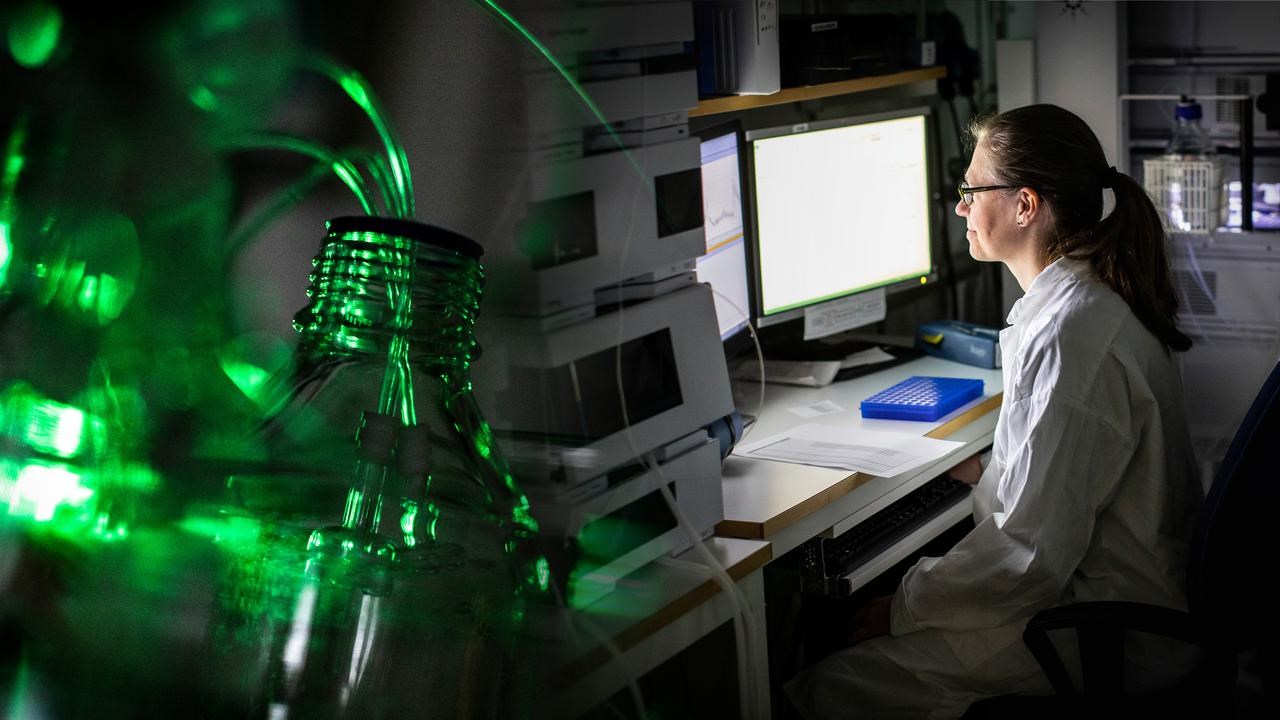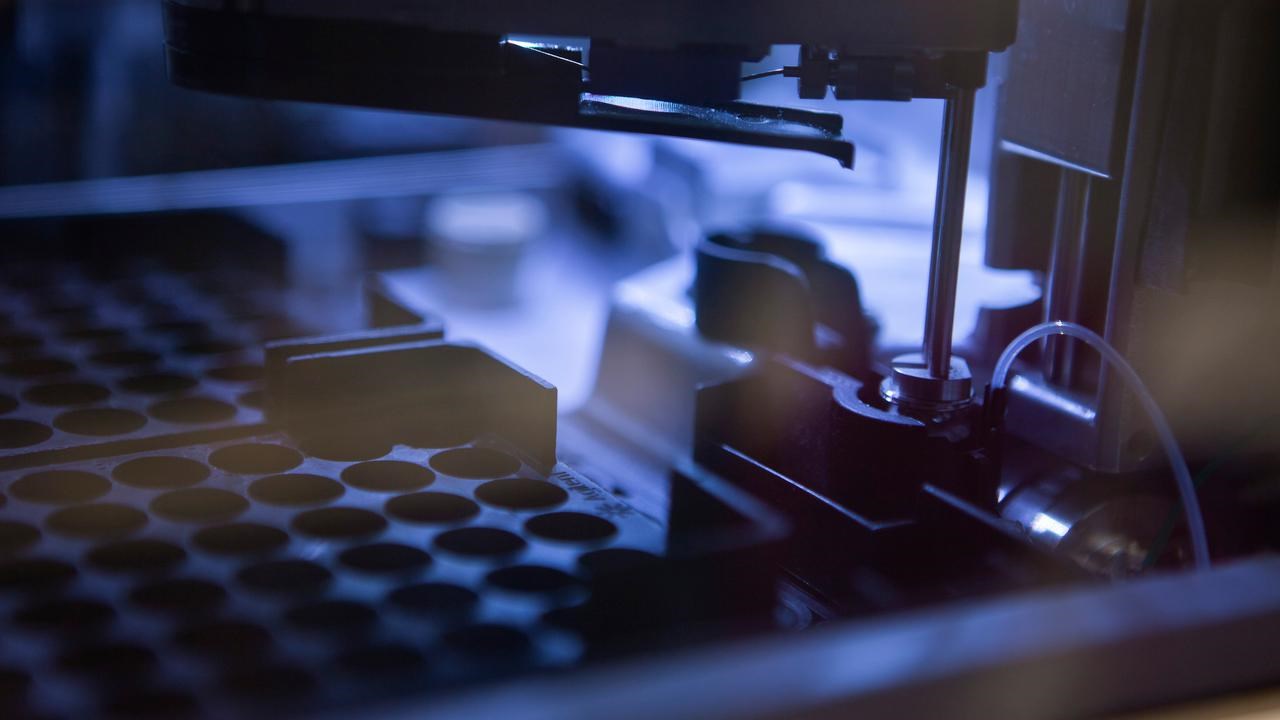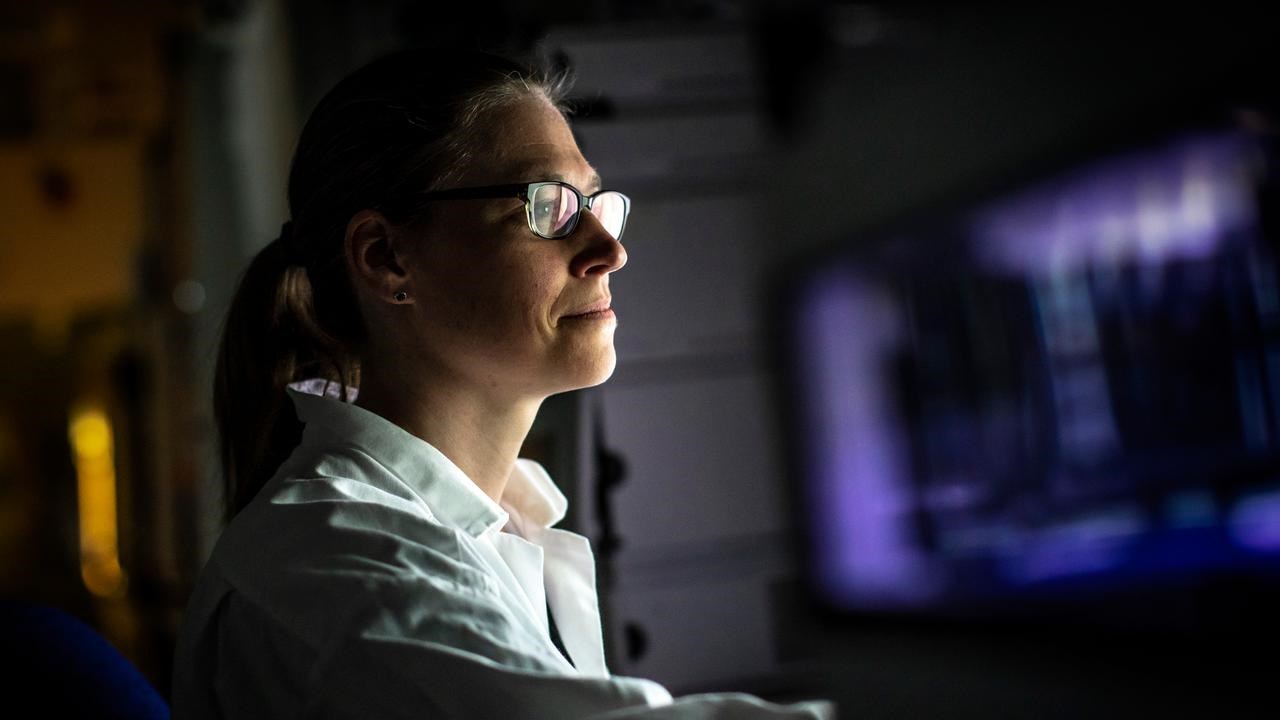Collaboration with industry
“Collaboration with Industry” is a new article series highlighting how researchers in Umeå collaborate with life science companies. FOI is not a company, but like Umeå University, a government agency. However, the collaboration illustrates how research infrastructures at Umeå University can be used to enable research beyond the university. This is the second article in the series, written by the News Council in Life Science.







